Home>Garden Essentials>What Process Do Spores Undergo To Germinate
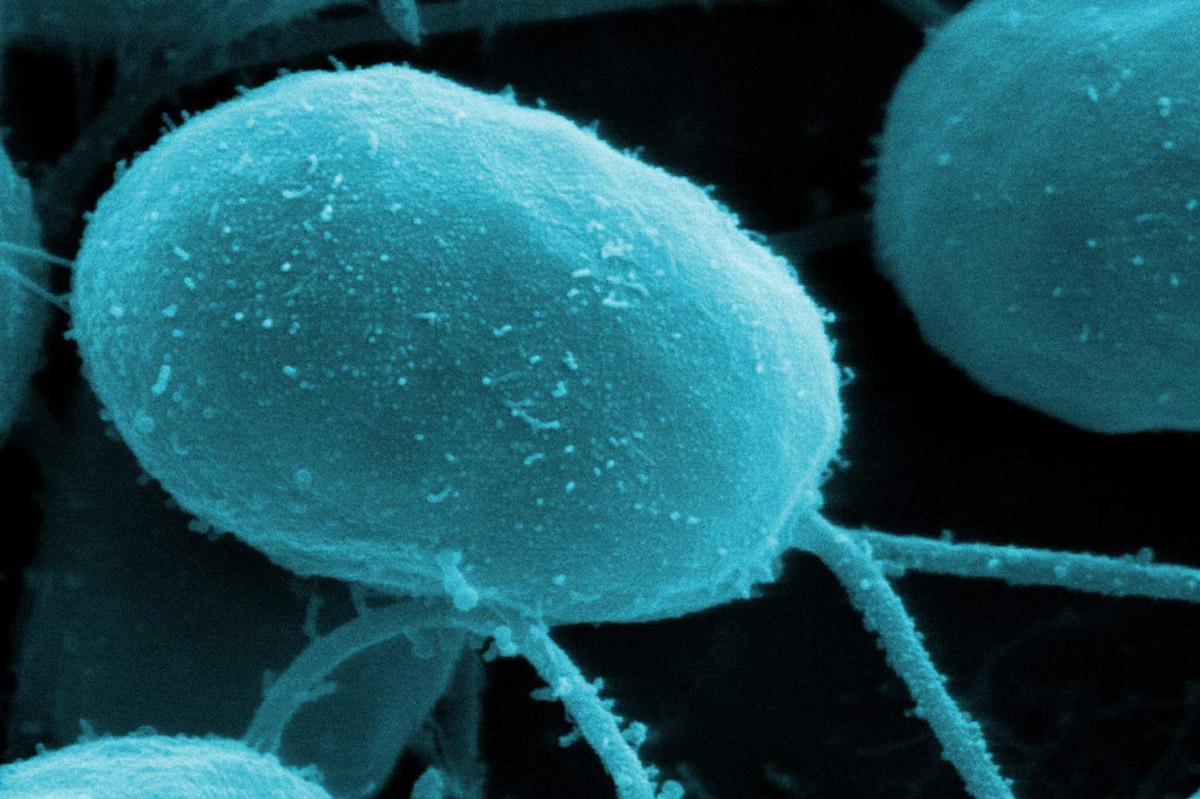

Garden Essentials
What Process Do Spores Undergo To Germinate
Modified: March 15, 2024
Learn about the germination process of spores in the garden. Discover how these tiny organisms develop into plants and thrive in your backyard.
(Many of the links in this article redirect to a specific reviewed product. Your purchase of these products through affiliate links helps to generate commission for Storables.com, at no extra cost. Learn more)
Introduction
Gardening is a cherished hobby for many, offering a peaceful and therapeutic escape into nature. It’s a joy to watch flowers bloom, vegetables grow, and trees flourish. But have you ever wondered about the intricate processes that occur beneath the surface? One fascinating phenomenon in the world of gardening is the germination of spores.
Spores are reproductive structures produced by various plants, fungi, and bacteria. They serve as a means of dispersal, allowing these organisms to colonize new environments. However, for a spore to successfully establish itself and grow into a new organism, it must go through a complex process called germination.
In this article, we will delve into the mesmerizing world of spore germination, exploring the various stages and environmental triggers that facilitate the transformation from dormant spore to a thriving life form.
Key Takeaways:
- Spores need water, specific temperatures, light, and nutrients to germinate. Once triggered, enzymes break down nutrients, and cellular growth begins, leading to the development of a new organism.
- The process of spore germination involves the absorption of water, activation of enzymes, degradation of the spore coat, and the initiation of cellular growth. Understanding these steps helps gardeners create optimal conditions for plant growth.
Read more: How Do Moss Spores Germinate
Spore Structure
Before we dive into the process of spore germination, let’s first understand the structure of a spore. Spores are typically small, single-celled structures that contain all the genetic material necessary for the development of a new organism. They are surrounded by a protective outer layer called the spore coat, which shields the genetic material from environmental threats such as heat, drought, and chemicals.
The spore coat is composed of various layers that provide strength and resilience. It may also contain pigments that give the spore a specific color, aiding in its identification. This multilayered structure allows spores to withstand harsh conditions and remain viable for extended periods.
Inside the spore, the genetic material is enclosed within a protein-rich region called the cytoplasm. This cytoplasm contains essential enzymes and nutrients needed for the growth and development of the spore. Additionally, some spores may possess specialized structures, such as oil droplets or storage granules, which provide a source of energy during germination.
Overall, the unique structure of a spore allows it to survive unfavorable conditions and wait for the right environmental cues to trigger germination.
Environmental Triggers for Germination
Spore germination is a carefully orchestrated process that is triggered by specific environmental conditions. Each type of spore has its own set of requirements for germination. These triggers can vary widely depending on the species, but there are several common factors that often play a role in initiating the germination process.
One critical trigger for spore germination is moisture. Most spores require a certain level of water availability to activate their metabolic processes. This can be achieved through rainfall, irrigation, or even high humidity levels. Water absorption by the spore is an essential step that softens the spore coat and prepares it for further changes.
Another important environmental factor is temperature. Different spores have specific temperature ranges at which they are most receptive to germination. Some may prefer warmer temperatures, while others require cooler conditions. This temperature sensitivity ensures that spores germinate at the most favorable time and in the most suitable environment for their growth.
Light can also serve as a trigger for spore germination in certain species. Some spores, particularly those produced by plants, rely on specific wavelengths of light to stimulate the germination process. This is why gardeners often have to provide optimal lighting conditions when starting seeds indoors or in controlled environments.
Furthermore, the presence of nutrients in the surrounding environment can impact spore germination. Depending on the type of spore, certain nutrients, such as sugars, minerals, or organic compounds, may be required to initiate metabolic processes and provide energy for growth. These nutrients can be found in the soil, decaying organic matter, or through interactions with symbiotic organisms.
In summary, the germination of spores is influenced by various environmental triggers, including moisture, temperature, light, and nutrient availability. Understanding these factors is crucial for gardeners and scientists alike, as it allows us to provide the optimal conditions necessary for successful spore germination and plant growth.
Activation of Metabolic Processes
Once a spore has encountered the appropriate environmental triggers, it undergoes a series of metabolic changes that kickstart the germination process. These metabolic processes are crucial for the transformation of the dormant spore into an active, growing organism.
One of the initial steps in spore germination is the rehydration of the spore. The absorption of water through the spore coat initiates a chain reaction of events within the spore. This hydration triggers the activation of enzymes that have been lying dormant, suspended within the cytoplasm of the spore.
Enzymes are protein molecules that catalyze specific chemical reactions. During spore germination, dormant enzymes are activated by the presence of water. These enzymes are responsible for breaking down the complex nutrients stored within the spore, such as proteins, lipids, and starch. This breakdown releases simple sugars, amino acids, and other small molecules that serve as energy sources for the growing organism.
In addition to the activation of enzymes, the rehydration process also results in the reconstitution of cellular structures within the spore. Organelles, such as mitochondria, which generate energy for the cell, become functional again. The rehydration and reactivation of these cellular components are critical for the resumption of metabolic processes.
As the metabolic processes restart, the spore undergoes various molecular and biochemical changes. These changes include the synthesis of new proteins and the generation of energy-rich molecules such as adenosine triphosphate (ATP). ATP is the currency of energy in cells and fuels essential cellular activities, including growth and division.
Furthermore, the reactivation of metabolic processes leads to alterations in gene expression. Specific genes that have been dormant in the spore become active, resulting in the production of proteins that are necessary for the spore to grow and develop into a new organism.
Overall, the activation of metabolic processes is a crucial step in the germination of spores. It sets the stage for the subsequent stages of germination, including spore swelling, absorption of water, and the degradation of the spore coat, which we will explore in the following sections.
Germination Steps
The germination of spores involves a series of sequential steps that ultimately lead to the development of a new organism. While the exact sequence may vary depending on the species, there are several common steps that are typically observed in spore germination.
1. Spore Swelling: The first visible change that occurs during germination is the swelling of the spore. As the spore becomes hydrated, it expands in size, causing the outer layer to stretch and crack. This swelling is a result of the absorption of water by the spore and is critical for further germination processes.
2. Absorption of Water: The absorption of water is a vital step in spore germination. This process softens the spore coat and activates enzymes that were dormant in the dehydrated state. It also provides the necessary hydration for metabolic processes to resume within the spore.
3. Degradation of Spore Coat: Once water is absorbed, the enzymes that were activated start to break down the spore coat. This degradation allows the emerging structures to expand and grow freely. In some cases, certain enzymes may specifically target and degrade specific layers of the spore coat, leading to its ultimate rupture.
4. Activation of Enzymes: The activation of enzymes is a crucial step in spore germination. These enzymes are responsible for the breakdown of complex molecules stored within the spore, such as proteins, lipids, and carbohydrates. This breakdown releases nutrients and energy sources that fuel the growth and development of the spore.
5. Initiation of Cellular Growth: As enzymes break down stored nutrients, the spore undergoes cellular growth and expansion. New structures start to form, such as a germ tube or a radicle, depending on the type of spore. These structures serve as the foundation for the development of the new organism.
6. Development of New Organs: As growth continues, the spore develops new organs, such as roots, stems, leaves, or reproductive structures. These organs allow the new organism to establish itself in the environment and perform essential functions, such as nutrient absorption, photosynthesis, or reproduction.
7. Establishment of a New Organism: The final step in spore germination is the establishment of a fully functional new organism. This organism will continue to grow, undergo further development, and eventually reproduce, completing the life cycle.
It’s important to note that the speed and success of spore germination can be influenced by various factors, including environmental conditions, availability of nutrients, and the overall health and viability of the spore itself. By understanding the steps involved in spore germination, gardeners and scientists can create favorable conditions and optimize the germination process for desired plant species.
Spore Swelling
Spore swelling is a crucial step in the process of spore germination. It is the initial visible change that occurs when a spore is exposed to favorable environmental conditions. Spore swelling is triggered by the absorption of water, which leads to the expansion and enlargement of the dormant spore.
The process of spore swelling is critical because it allows the spore to prepare for further developmental changes and initiate active growth. Here’s a closer look at the importance and mechanisms of spore swelling:
1. Hydration: Spore swelling begins with the absorption of water into the spore. This hydration is essential to restore the spore’s turgidity and metabolic activities. Water molecules penetrate the spore coat, reaching the cytoplasm, where crucial cellular processes occur.
2. Activation of Enzymes: As water enters the spore, it initiates the activation of enzymes that were dormant during the spore’s dormant phase. These enzymes play a key role in breaking down stored nutrients within the spore, such as carbohydrates and proteins, and converting them into simpler forms that can be utilized by the growing organism.
3. Spore Coat Stretching: The absorption of water causes the spore to expand and enlarge. This expansion puts pressure on the spore coat, which, in some cases, may result in cracking or rupturing of the outer layers. The stretching of the spore coat is crucial for enabling the emerging structures, such as the germ tube or radicle, to grow and emerge from the spore.
4. Activation of Cellular Processes: Spore swelling triggers the reactivation of various cellular processes. The increased availability of water allows for the resumption of metabolic activities, including the synthesis of new proteins, nucleic acids, and other molecules necessary for cellular growth and development.
5. Absorption of Nutrients: Alongside water, spore swelling enables the absorption of essential nutrients from the surrounding environment. These nutrients provide the energy and building blocks necessary for the growth and establishment of the new organism emerging from the spore.
6. Readiness for Further Growth: Spore swelling is a clear indication that the spore is transitioning from a dormant state to an actively growing organism. It prepares the spore for concurrent stages of germination, such as the degradation of the spore coat and the activation of enzymes for further metabolic processes.
Overall, spore swelling is a vital step in the germination process, as it signifies the awakening and rejuvenation of the dormant spore. It sets the stage for subsequent changes and growth, leading to the establishment of a new organism ready to thrive in its environment.
Spores undergo a process called germination, where they absorb water and nutrients from their environment, allowing them to grow and develop into new organisms.
Absorption of Water
The absorption of water is a critical step in spore germination. When a spore encounters favorable conditions, such as moisture, it takes up water from the surrounding environment. This process is essential for triggering the metabolic activities that lead to the transformation of a dormant spore into an actively growing organism.
The absorption of water by the spore plays a key role in initiating and facilitating various physiological changes. Here are some important aspects of water absorption during spore germination:
1. Rehydration: The absorption of water by the spore leads to its rehydration. When a spore is dormant, it is typically dehydrated and enters a state of metabolic dormancy. Rehydration allows the spore to regain its turgidity and reactivate various cellular processes required for growth and development.
2. Softening of the Spore Coat: The spore coat, the outer protective layer of a spore, is typically composed of tough and resistant materials. As water is absorbed, it helps to soften the spore coat. This softening process is vital because it allows the emerging structures, such as the germ tube or radicle, to break through the coat and grow outward.
3. Activation of Metabolic Processes: Water absorption triggers the activation of enzymes that were dormant in the dehydrated spore. These enzymes play a crucial role in breaking down complex nutrients stored within the spore, such as proteins, lipids, and carbohydrates. The breakdown of these substances provides the energy and building blocks needed for the growth and development of the spore.
4. Uptake of Nutrients: Along with water, the spore absorbs essential nutrients present in the surrounding environment. These nutrients include minerals, sugars, and other organic compounds that act as fuels for the metabolic processes of the growing organism. The absorbed nutrients are utilized to support cellular growth and facilitate the synthesis of necessary molecules.
5. Activation of Hydration-Sensitive Structures: Some spores possess structures that are sensitive to hydration. For example, certain seeds have specialized structures called hilum or micropyle, which swell and allow water to enter the seed. This triggers metabolic changes within the seed, leading to germination and seedling emergence.
6. Osmotic Pressure: Water absorption by the spore generates osmotic pressure, which helps to drive cellular expansion and growth. This pressure buildup within the spore assists in breaking the dormancy and initiates the cellular processes required for further development.
The successful absorption of water by the spore is a crucial step in preparing the spore for growth and development. It kickstarts metabolic activities, softens the spore coat, and provides the necessary hydration for subsequent changes, such as the degradation of the coat and the activation of enzymes. Understanding the significance of water absorption in spore germination is essential for creating optimal conditions to promote successful growth in gardening and scientific research.
Degradation of Spore Coat
The degradation of the spore coat is a pivotal step in spore germination. The spore coat, also known as the outer protective layer, surrounds the genetic material and helps preserve the dormant state of the spore. However, when favorable conditions, such as moisture and nutrients, are present, the spore coat undergoes degradation to enable the emergence of the germ tube or radicle and facilitate the growth of the new organism. Here’s a closer look at the process of spore coat degradation:
1. Activation of Enzymes: As the spore absorbs water and enters a hydrated state, enzymes stored within the spore become activated. These enzymes are responsible for breaking down the components of the spore coat that have helped maintain the dormancy of the spore. The activation of these enzymes is triggered by various signaling mechanisms that are initiated by favorable environmental cues.
2. Enzymatic Breakdown: The activated enzymes in the hydrated spore begin to degrade the spore coat. Different enzymes target specific components of the spore coat, such as proteins, carbohydrates, or polymers, and break them down into smaller molecules that can be easily absorbed and utilized by the growing organism. This breakdown of the spore coat allows the emerging structures, such as the germ tube or radicle, to grow and expand.
3. Physical Disruption: Apart from enzymatic breakdown, the swelling of the spore due to water absorption can result in physical disruption of the spore coat. The increased internal pressure from the swelling can cause the spore coat to crack or rupture, further facilitating the emergence of the growing structures. This physical disruption of the spore coat helps the new organism to escape and establish itself outside the protective shell.
4. Nutrient Release: As the spore coat degrades, the stored nutrients within it are released. These nutrients, accumulated during the spore’s development and maturation, are an important energy source for the growing organism. The released nutrients provide the necessary fuel for metabolic processes, supporting the early growth and development of the emerging structures.
5. Environmental Adaptation: The degradation of the spore coat allows the emerging germ tube or radicle to explore and interact with the surrounding environment. The removal of the spore coat exposes the cell to external cues, such as light or chemical signals, enabling the newly forming organism to adapt and respond appropriately for further growth and development.
The degradation of the spore coat marks an important turning point in the germination process. It enables the spore to shed its protective shell and initiate the growth of the new organism. The timely and efficient degradation of the spore coat is essential for the successful establishment of the developing organism in its environment.
Activation of Enzymes
The activation of enzymes is a crucial step in the process of spore germination. Enzymes are proteins that play a key role in catalyzing chemical reactions within cells. During spore germination, dormant enzymes become activated to initiate and facilitate the metabolic changes necessary for the transformation of a dormant spore into an actively growing organism. Here’s a closer look at the activation of enzymes during spore germination:
1. Triggering Environmental Cues: The activation of enzymes is often triggered by specific environmental cues. These cues include factors such as moisture, temperature, light, and the presence of specific nutrients. When these cues are present in the environment, they initiate signaling pathways that lead to the activation of dormant enzymes within the spore.
2. Rehydration of the Spore: Water absorption is one of the primary triggers for the activation of enzymes. As the spore absorbs water, it undergoes rehydration, which leads to the resumption of metabolic activities and activates the dormant enzymes. Water not only provides the necessary hydration but also serves as a vital medium for the enzymatic reactions to occur.
3. Enzyme Activation Pathways: The activation of enzymes involves complex signaling pathways within the spore. These pathways often rely on changes in cellular signaling molecules like cyclic adenosine monophosphate (cAMP) and calcium ions. These molecules act as secondary messengers that transmit signals from the environmental cues to the enzymes, triggering their activation.
4. Enzymatic Breakdown of Stored Molecules: Once activated, the enzymes within the spore catalyze the breakdown of stored molecules such as proteins, carbohydrates, and lipids. These complex molecules are broken down into simpler forms, such as amino acids, simple sugars, and fatty acids. The breakdown of these stored molecules provides the necessary nutrients and energy sources for the growing organism.
5. Synthesis of New Enzymes: Along with the activation of pre-existing dormant enzymes, spore germination often involves the synthesis of new enzymes. The activated enzymes, along with the genetic machinery of the spore, initiate the transcription and translation processes required for the production of new proteins and enzymes. These newly synthesized enzymes contribute to the metabolic changes occurring during germination.
6. Coordination of Enzyme Activities: The activation of enzymes in spore germination is a coordinated and regulated process. Different enzymes are activated at specific stages to ensure a sequential and systematic progression of metabolic changes. This coordination helps maintain the balance and efficiency of biochemical reactions, enabling the spore to successfully transform and develop into an active organism.
The activation of enzymes is a fundamental process in spore germination. It allows for the breakdown of stored molecules, the release of nutrients, and the initiation of metabolic processes necessary for growth and development. Understanding and manipulating the activation of enzymes during spore germination can provide valuable insights for gardening, agriculture, and biotechnology, enabling us to optimize the growth of plants and other organisms.
Read more: How Long Do Spores Take To Germinate On Agar
Initiation of Cellular Growth
Once enzymes have been activated and metabolic processes have commenced, the spore undergoes a critical step known as the initiation of cellular growth. This step marks the beginning of the active development of the spore into a new organism. The initiation of cellular growth involves various processes and events that set the stage for further growth and development. Here’s a closer look at this important step:
1. Metabolic Activation: With the activation of enzymes and the resumption of metabolic activity, the spore’s cellular machinery becomes fully functional. Proteins and other essential biomolecules are synthesized, allowing the spore to carry out essential cellular processes required for growth and development.
2. Cell Expansion: As metabolic activities resume, the spore undergoes cell expansion. Cells within the spore increase in size and volume, facilitated by the influx of water and the uptake of nutrients. This expansion lays the foundation for the growth of new structures and organ systems in the developing organism.
3. Differentiation of Tissues and Organs: During cellular growth, specialized cells start to differentiate, leading to the formation of distinct tissues and organs. Cells undergo changes in gene expression, resulting in specialization for specific functions. This process ultimately gives rise to various organ systems necessary for the organism’s survival and development.
4. Development of Root and Shoot Systems: As cellular growth progresses, the spore begins to form root and shoot systems. The root system anchors the emerging organism in the soil and absorbs water and nutrients, while the shoot system grows upward toward the light, developing leaves, stems, and eventually flowers or fruit depending on the plant species.
5. Establishment of Vascular Networks: Alongside the development of root and shoot systems, the spore establishes vascular networks. These networks, comprised of xylem and phloem tissues, facilitate the transport of water, nutrients, and other essential molecules throughout the organism. The vascular networks ensure the efficient functioning and growth of the developing organism.
6. Expansion of Cell Numbers: Along with cell expansion, cellular growth involves the proliferation of cells through cell division. The spore divides and gives rise to new cells, increasing the overall cell number within the developing organism. This expansion of cell numbers is crucial for the growth and development of tissues, organs, and eventually, the entire organism.
7. Regulation of Growth Factors: The initiation of cellular growth is tightly regulated by various growth factors and hormonal signals. These factors control the rate and direction of growth, ensuring proper development and coordination of different bodily structures. Hormones like auxins, cytokinins, and gibberellins play key roles in regulating cellular growth during spore germination.
The initiation of cellular growth forms the fundamental basis for the development of a new organism from a dormant spore. Cellular expansion, differentiation of tissues and organs, and the establishment of root and shoot systems lay the groundwork for the subsequent stages of growth and maturation. Understanding and harnessing the mechanisms behind the initiation of cellular growth can contribute to advancements in agriculture, horticulture, and tissue culture techniques.
Conclusion
The germination of spores is a fascinating process that takes place in the intricate world of gardening and plant biology. From the structure of spores to the activation of enzymes and the initiation of cellular growth, each step plays a crucial role in the transformation of a dormant spore into a thriving organism.
Understanding the process of spore germination provides valuable insights into the factors that influence plant growth and development. By recognizing the environmental triggers for germination, gardeners can create optimal conditions and apply appropriate techniques to maximize the success of seed germination.
The structure of spores, including their protective outer layer, allows them to withstand harsh conditions and remain viable for extended periods. The absorption of water triggers a cascade of events, including the activation of enzymes and the degradation of the spore coat. Enzymes play a critical role in breaking down stored nutrients, initiating metabolic processes, and fueling the growth of the new organism.
The initiation of cellular growth marks a crucial turning point in spore germination. As cells expand, differentiate, and form specialized tissues and organs, the foundation for the future growth and development of the organism is established. This growth is regulated by various factors, including hormones and signaling molecules, ensuring the proper coordination of cellular activities.
In conclusion, the process of spore germination is a remarkable journey of transformation. It highlights the resilience and adaptability of plants, fungi, and other organisms that utilize spores for reproduction. By harnessing our understanding of spore germination, gardeners, horticulturists, and scientists can unlock new possibilities for cultivating and propagating a wide range of plant species, ultimately enhancing our enjoyment and appreciation of the natural world.
Frequently Asked Questions about What Process Do Spores Undergo To Germinate
Was this page helpful?
At Storables.com, we guarantee accurate and reliable information. Our content, validated by Expert Board Contributors, is crafted following stringent Editorial Policies. We're committed to providing you with well-researched, expert-backed insights for all your informational needs.
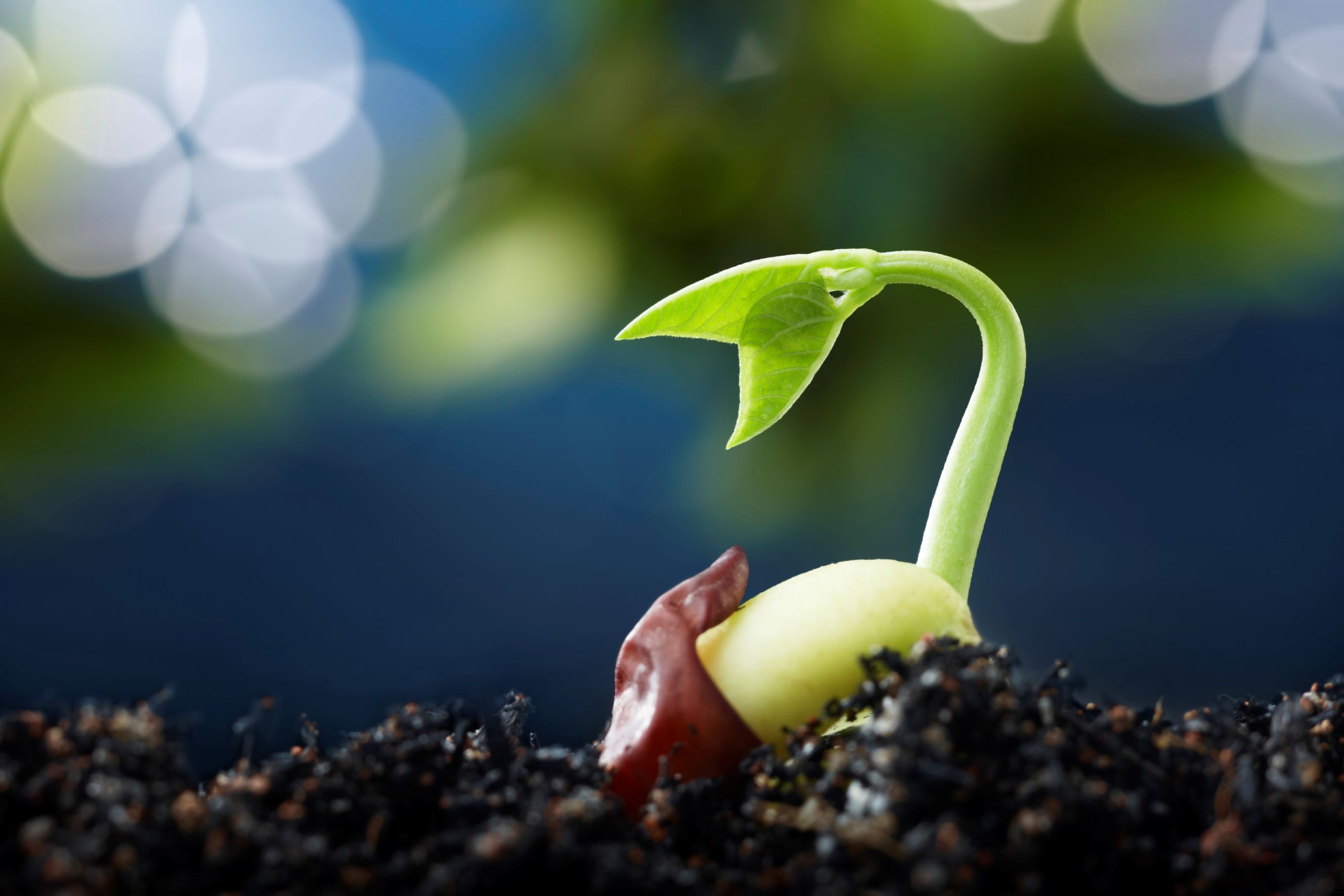
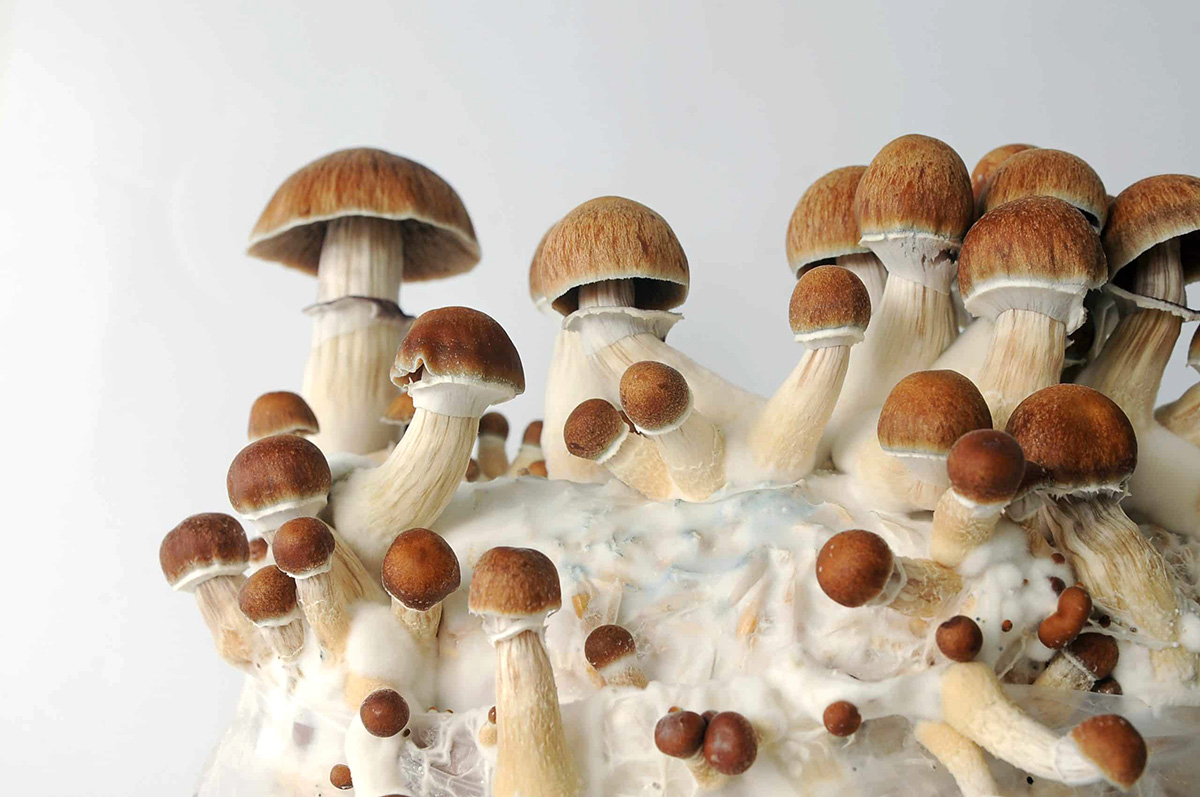
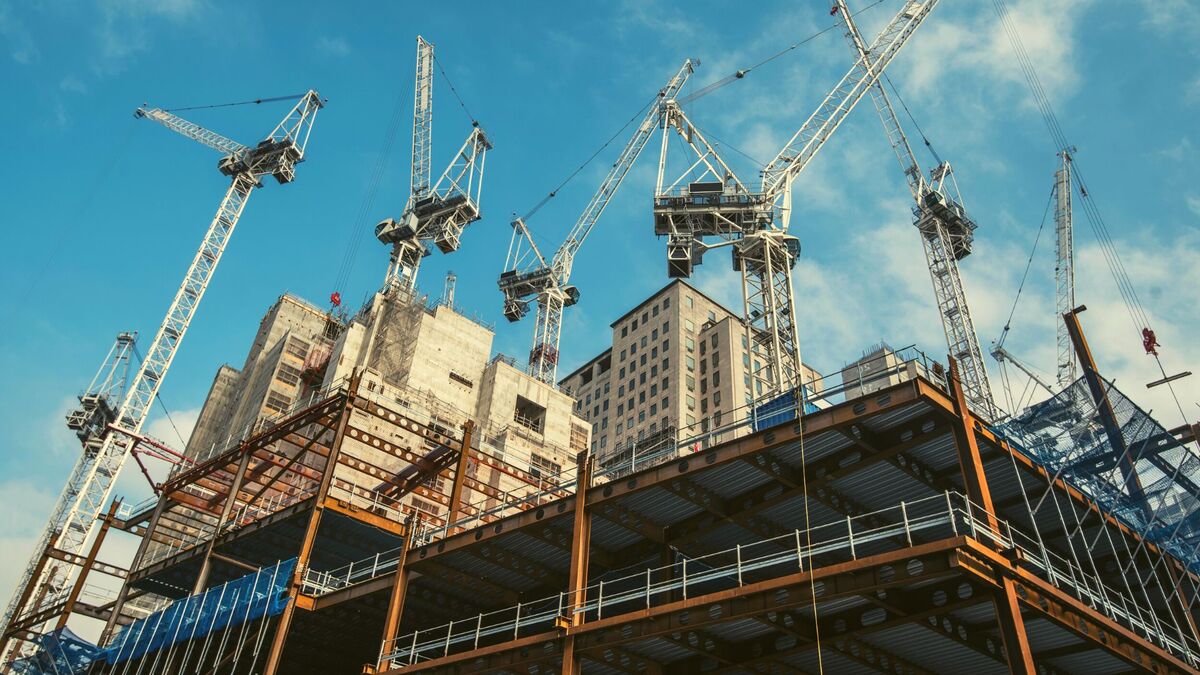

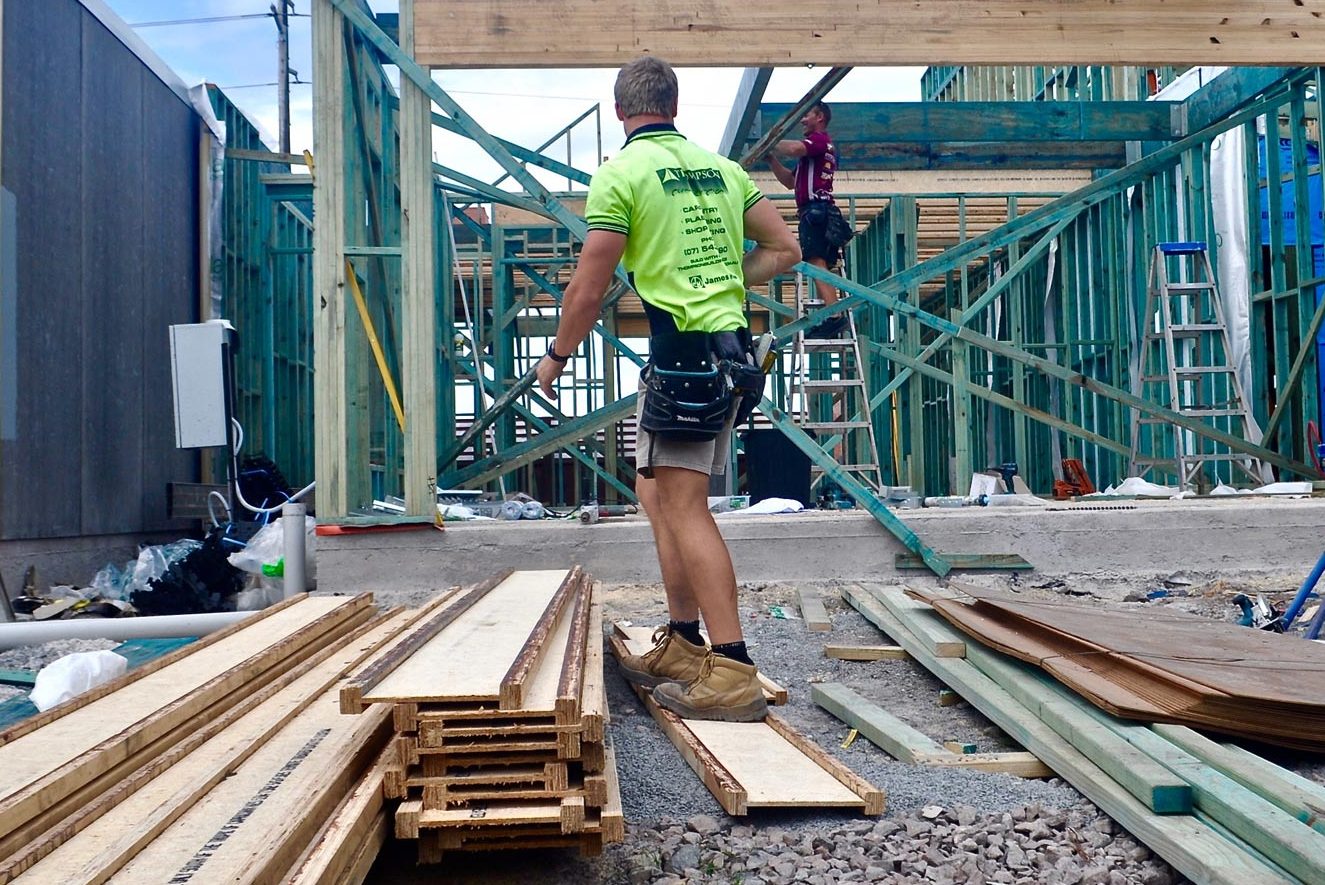

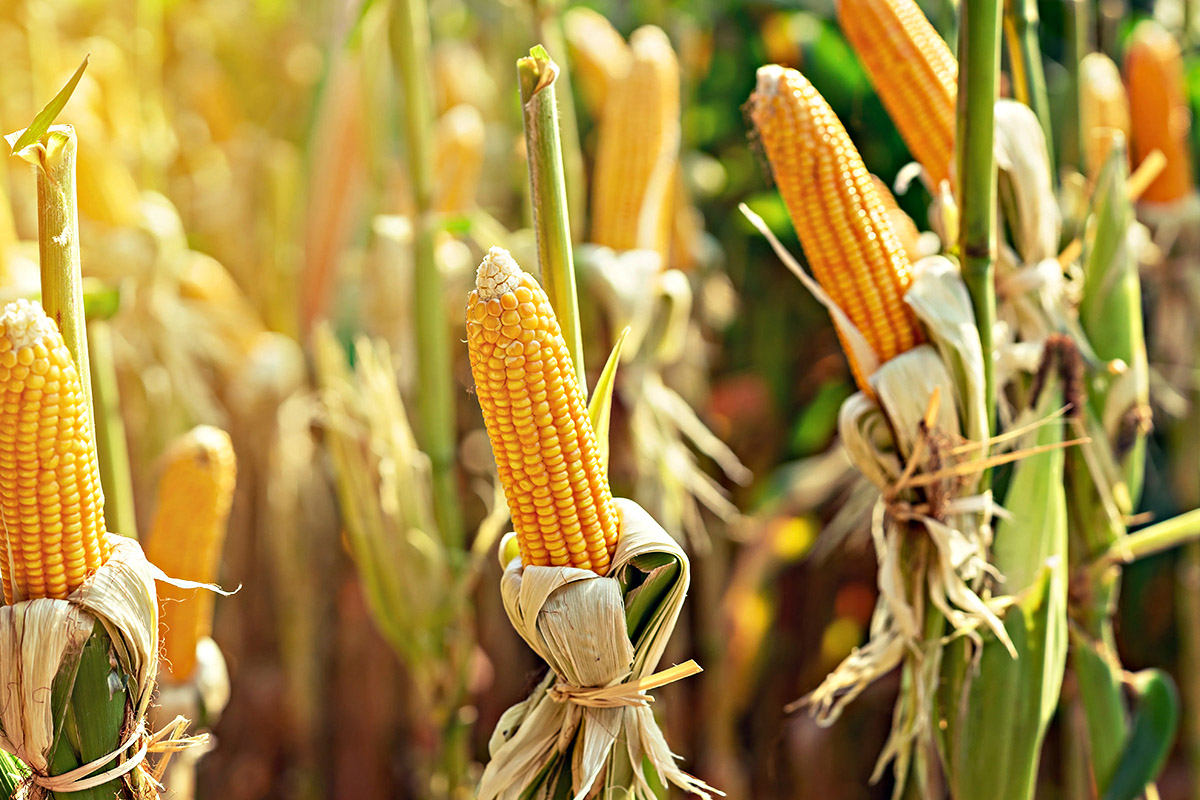


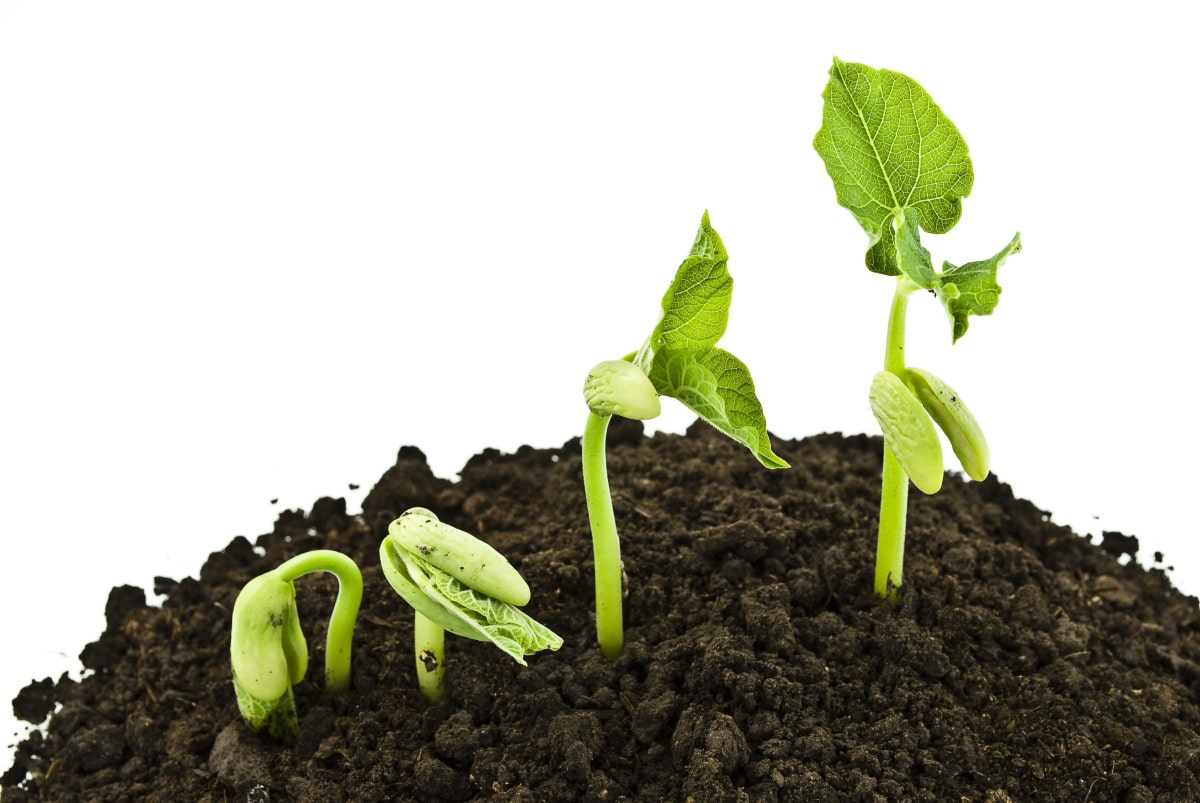
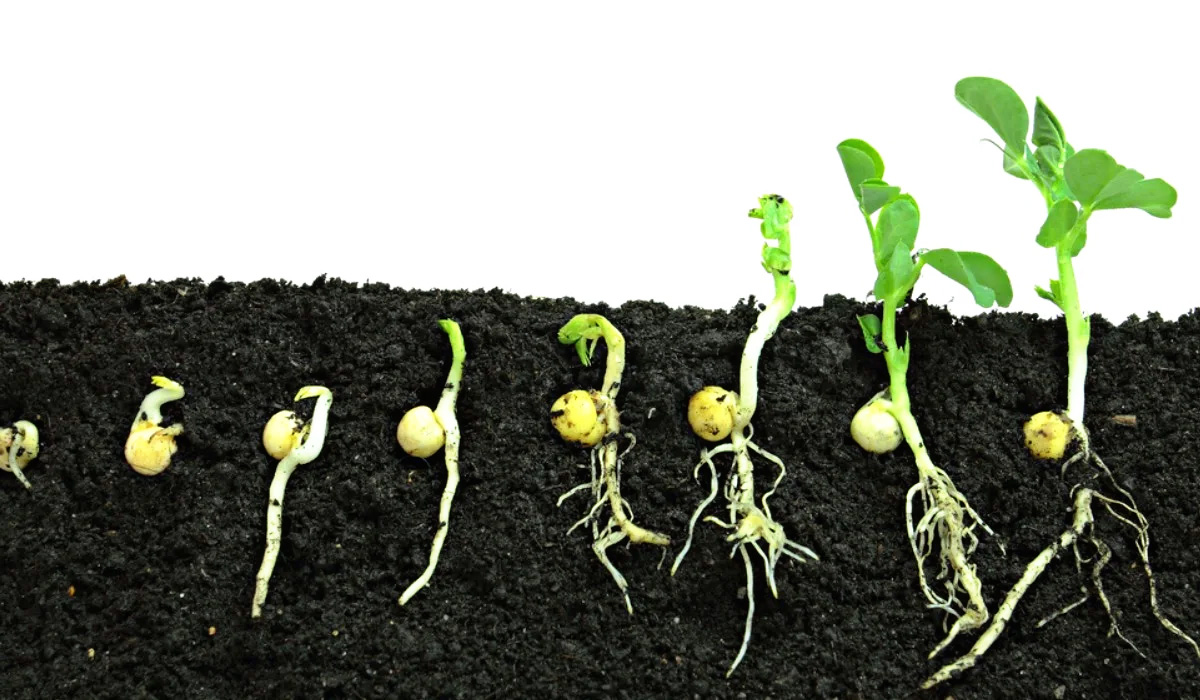

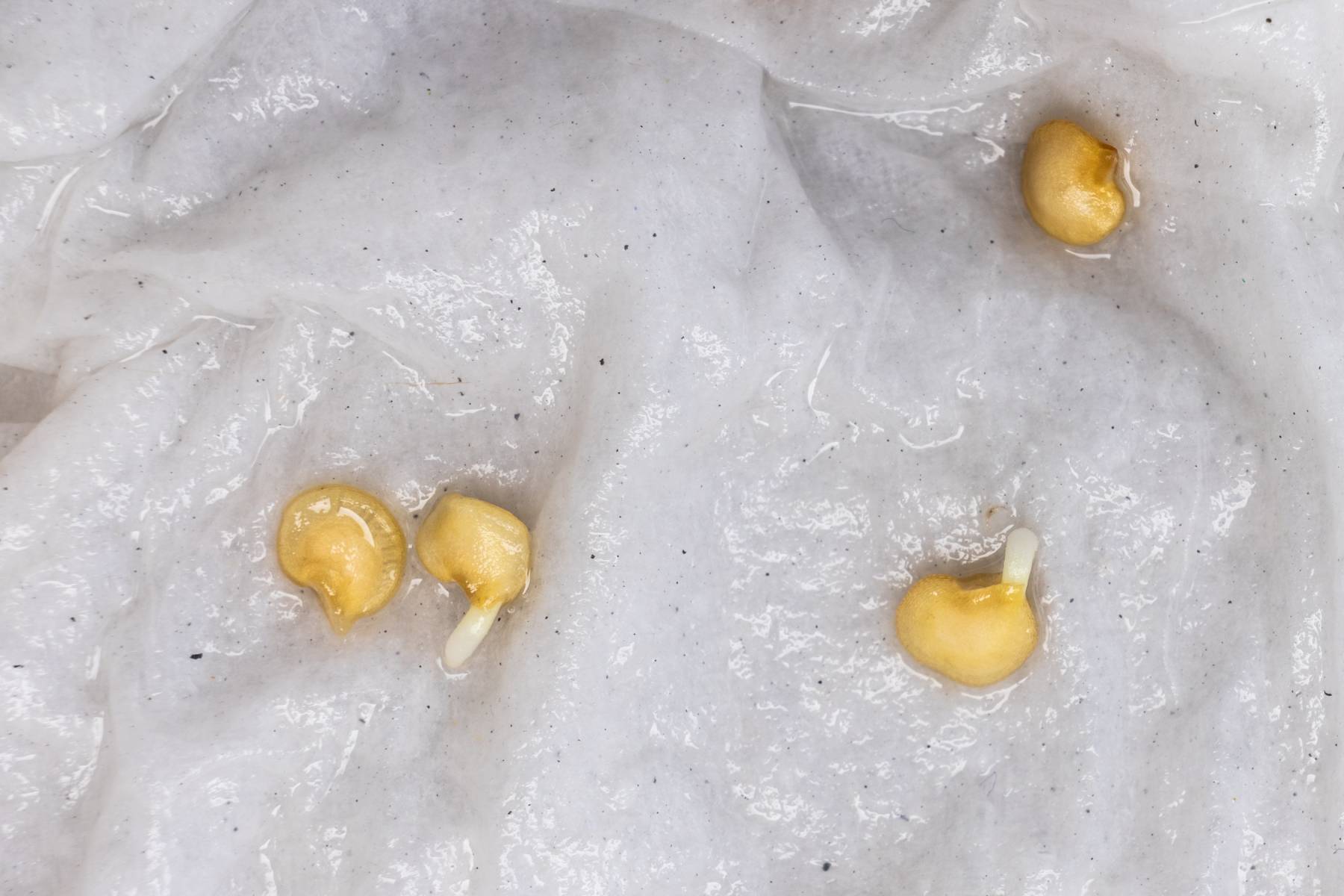

0 thoughts on “What Process Do Spores Undergo To Germinate”